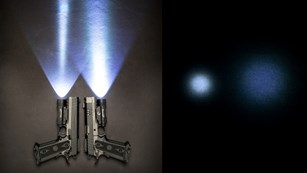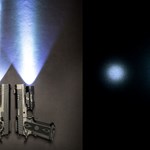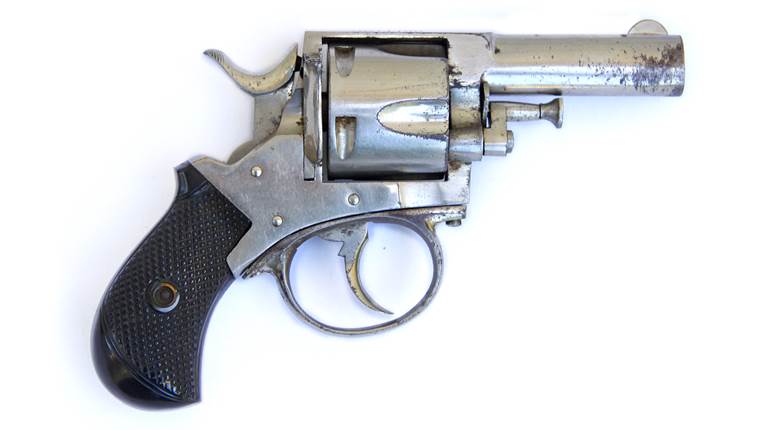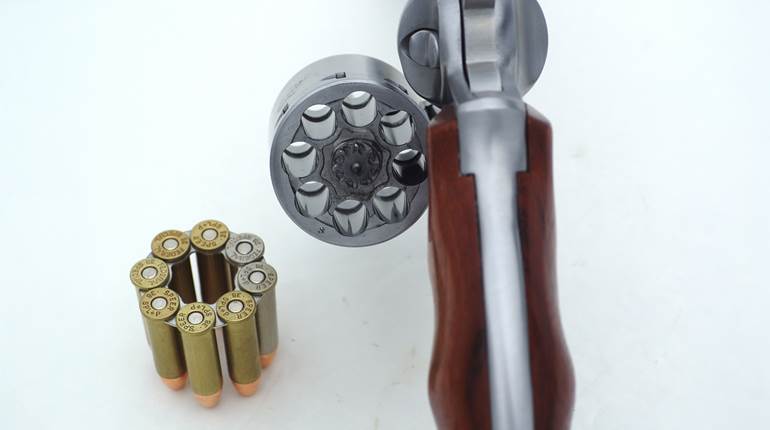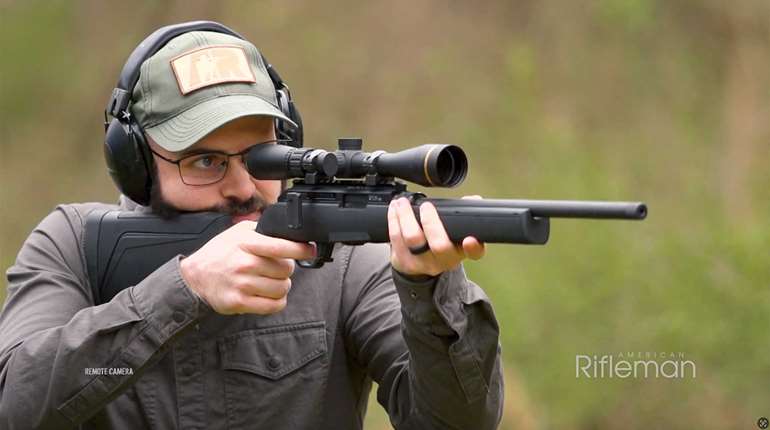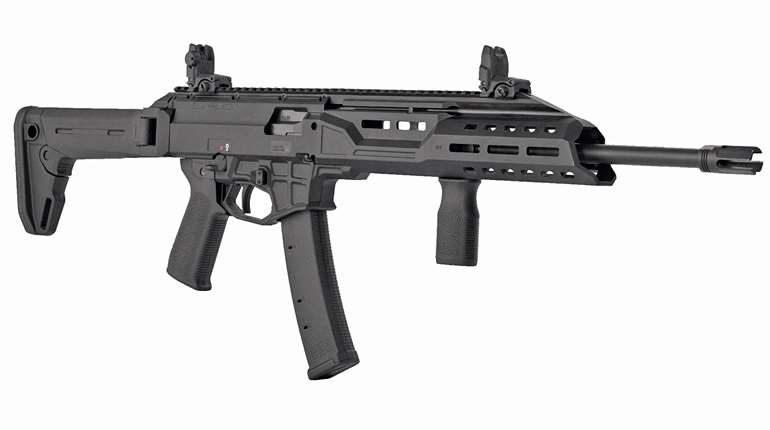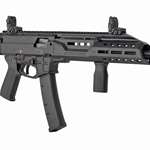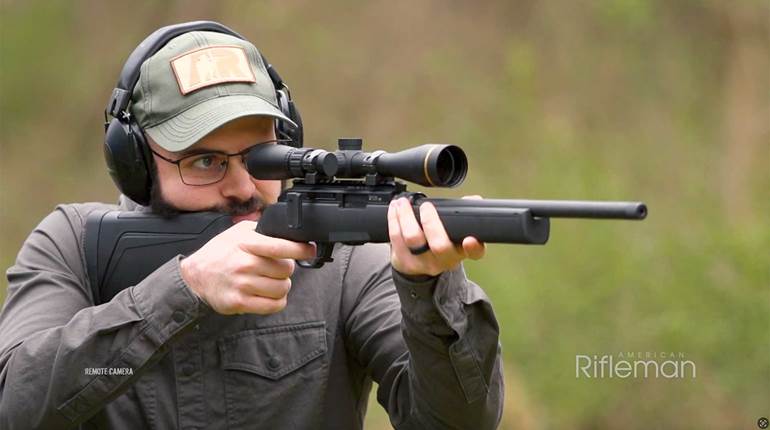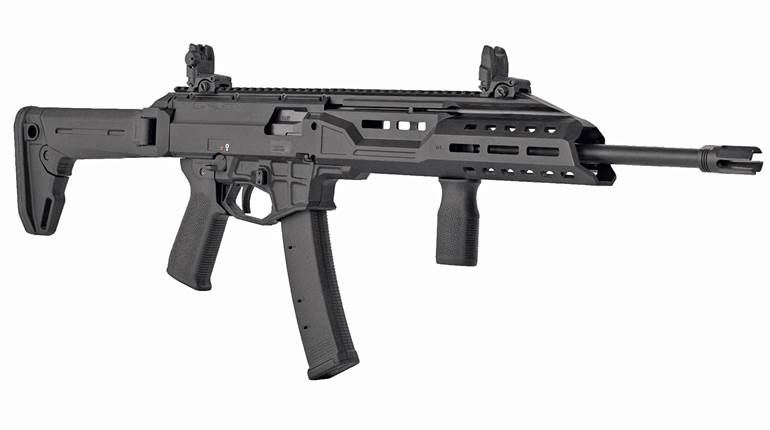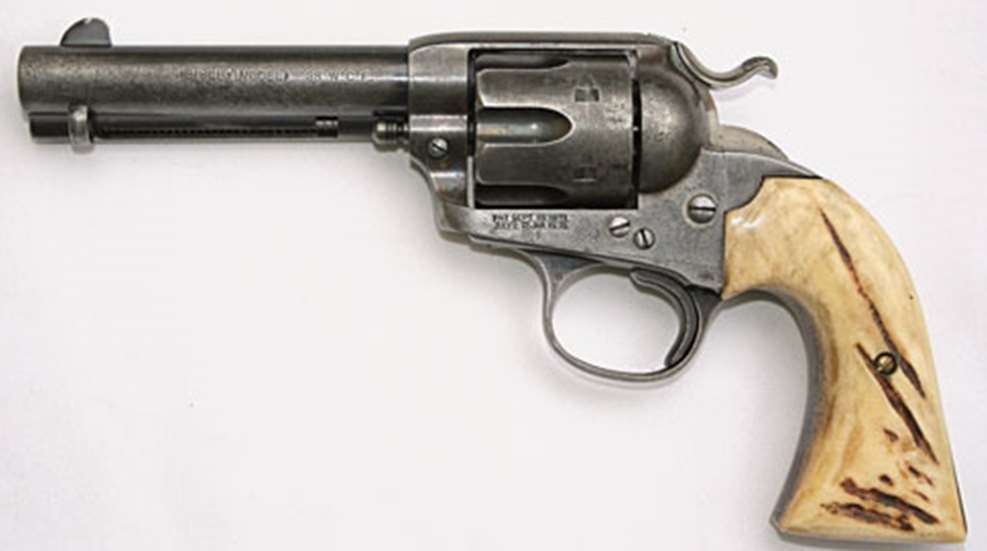
Named after the shooting range where the British National Rifle Ass’n had held matches since 1890, the Bisley was a target version of the Single Action Army (SAA). But until fairly recently, the Bisley was overshadowed by its more romanticized older brother.
This is ironic, for the Bisley is part of the Colt single-action family; it uses many of the same components, including the cylinder, barrel and ejector rod, thus maintaining a basic SAA layout. But there are some subtle and not-so-subtle differences. Most obvious is the swept-under grip, which enables the Bisley to hang better in the hand; the enlarged trigger guard and wide, curved trigger for better control; and the wavy lowered hammer spur for easy cocking with the ball of the thumb. Plus, the barrel is stamped “(BISLEY MODEL).” Less obvious is the different mainspring, the deeper frame and the backstrap screws that affix it to the frame under the grips. In addition, in order to reach the cylinder ratchets, the hammer hand is longer than that of the Model P.
The Bisley, produced from 1894 until 1915, reflected a growing interest in target shooting. It was serial-numbered sequentially with the Peacemaker, spanning the ranges from 156300 to 331916, with a total of 45,326 made. Bisleys were blued and case-hardened or nickeled, and made with 4¾-, 5½- and 7½-inch barrel lengths. Special-order finishes and engraving were available but rare. The Bisley was offered in 18 chamberings from .32-20 Win. to .455 Eley. Even though this was a target gun, Colt retained the SAA’s rudimentary grooved topstrap, although 976 flat-top target Bisleys were made. But because of its shootability, it is likely more Bisleys were used on the open range than the target range.
That is the case with this well-used but cared-for 30 percent gun, which locks up tight and, while exhibiting holster wear, still retains case hardening in protected areas and some bluing on the backstrap, trigger guard and portions of the barrel. The initials “CRW” are crudely etched in the butt and the period stag grips add to its frontier aura. This gun was purchased at auction 10 years ago for $850—a bargain even then—but today, according to the “Blue Book of Gun Values,” it is worth $2,200.
Gun: Colt Bisley
Caliber: .38-40 Win.
Condition: 30 percent—NRA Good (Modern Gun Condition Standards)
Manufactured: 1900
Value: $2,200






